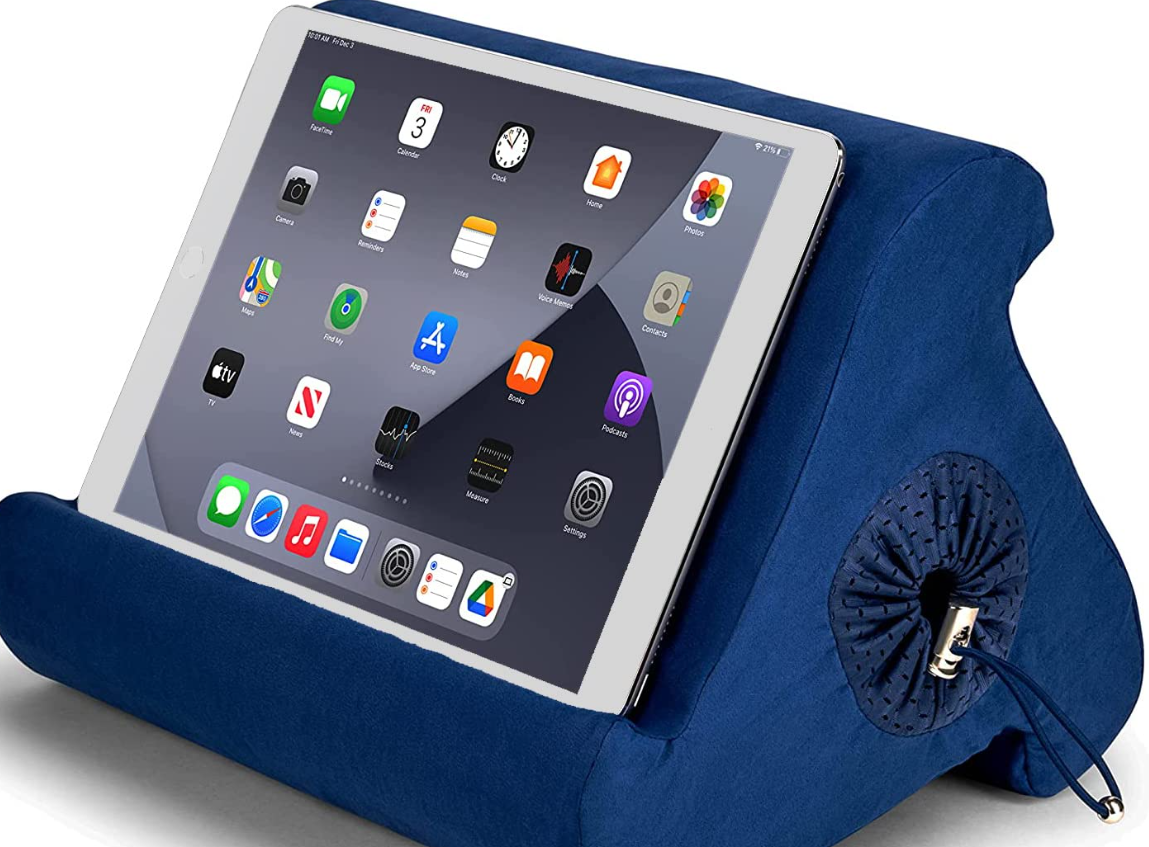The Samsung Galaxy Fold is a foldable smartphone that was first released in 2019. It has a unique design that allows the device to be folded in half, like a book, to fit in a pocket or purse, and then unfolded to reveal a large, tablet-sized display. Some key features of the Samsung Galaxy Fold include:
- A 7.3-inch main display and a 4.6-inch cover display
- A Qualcomm Snapdragon 855 processor
- 12GB of RAM and 512GB of storage
- Six cameras: three on the back, two on the inside, and one on the cover
- A 4,380mAh battery with fast charging and wireless charging support
- Android 9.0 Pie operating system with Samsung’s One UI interface
The Samsung Galaxy Fold has received positive reviews for its innovative design and high-end specs, but it has also had some issues with durability and reliability. Samsung has addressed some of these issues with subsequent versions of the device, such as the Samsung Galaxy Z Fold 2, which was released in 2020.
What’s the difference between the flip and the fold?
A flip phone is a type of mobile phone with a hinge that allows the device to be folded in half, with the display and keypad on the inside when closed. A foldable phone, on the other hand, is a smartphone with a flexible display that allows the device to be folded in half like a book.
There are several key differences between flip phones and foldable phones:
- Display size: Flip phones generally have smaller displays than foldable phones, as the display is only visible when the phone is open. Foldable phones, on the other hand, have larger displays that can be unfolded to reveal a tablet-sized screen.
- Display quality: Flip phones generally have lower-resolution displays than foldable phones, as they are not designed for the same level of multimedia use. Foldable phones, on the other hand, often have high-resolution displays with advanced features like HDR and high refresh rates.
- Processor and performance: Flip phones generally have less powerful processors and lower specs than foldable phones, as they are not designed for the same level of performance. Foldable phones, on the other hand, often have high-end processors and specs to support their advanced features and multimedia capabilities.
- Price: Flip phones are generally less expensive than foldable phones, as they have less advanced features and technology. Foldable phones, on the other hand, are often priced at a premium due to their innovative design and advanced features.
How many versions of Samsung fold are there?
There have been several versions of the Samsung foldable phone released to date. The first version, the Samsung Galaxy Fold, was released in 2019. This was followed by the Samsung Galaxy Z Flip in 2020, which has a flip phone design rather than a foldable display. The most recent version is the Samsung Galaxy Z Fold 2, which was released in 2020 and is an updated version of the original Galaxy Fold.
There may be additional versions of the Samsung foldable phone released in the future, but it is not currently clear what those devices might be or when they might be released.
What is Good about Fold and Flip Phones
There are several benefits to using flip phones and foldable phones, including:
- Compact size: Both flip phones and foldable phones are generally smaller and more portable than traditional smartphones, which can make them easier to carry around and use on the go.
- Durability: Flip phones and foldable phones are generally more durable than traditional smartphones, as they have fewer exposed parts and are less prone to damage from drops or impacts.
- Simplicity: Flip phones and foldable phones generally have fewer features and less complex user interfaces than traditional smartphones, which can make them easier to use for some people.
- Battery life: Flip phones and foldable phones often have longer battery life than traditional smartphones, as they have smaller displays and less power-hungry components.
- Style: Both flip phones and foldable phones have a unique and stylish design that can be attractive to some users.
Of course, flip phones and foldable phones also have their own unique features and benefits, which may make them more or less appealing to different users. It is important to consider your own needs and preferences when deciding which type of phone is right for you.
Which one is better flip or fold?
It is difficult to say which is “better” between flip phones and foldable phones, as the right choice for one person may not be the right choice for another. Both types of phones have their own unique features and benefits, and the best choice for you will depend on your own needs and preferences.
Some factors to consider when deciding between a flip phone and a foldable phone include:
- Display size: If you want a larger display for multimedia use, a foldable phone may be a better choice. If you prefer a smaller display, a flip phone may be a better option.
- Display quality: Foldable phones generally have higher-resolution displays with advanced features like HDR and high refresh rates, while flip phones generally have lower-resolution displays.
- Processor and performance: Foldable phones generally have more powerful processors and higher specs than flip phones, which can make them better suited for demanding tasks and multimedia use.
- Price: Flip phones are generally less expensive than foldable phones, but they also have fewer advanced features and technology.
Ultimately, the best choice for you will depend on your own needs and priorities. It may be helpful to consider what you will be using your phone for and what features are most important to you.


Does the Samsung fold have problems?
The Samsung Galaxy Fold, which was released in 2019, did have some issues with durability and reliability. Some users reported problems with the foldable display, such as creasing or peeling, as well as problems with the hinge mechanism.
Samsung addressed some of these issues with the release of the Samsung Galaxy Z Fold 2 in 2020, which has a more durable and reliable foldable display and hinge mechanism. However, foldable phones in general are still a relatively new technology and may be more prone to issues and defects than traditional smartphones.
It is worth noting that any type of phone, including traditional smartphones, can have problems or defects. It is always a good idea to research a device carefully before making a purchase and to consider purchasing a protection plan or insurance to help mitigate the risk of issues or defects.





